Understanding Merkel Cell Carcinoma: Navigating the Rare
Understanding Merkel Cell Carcinoma
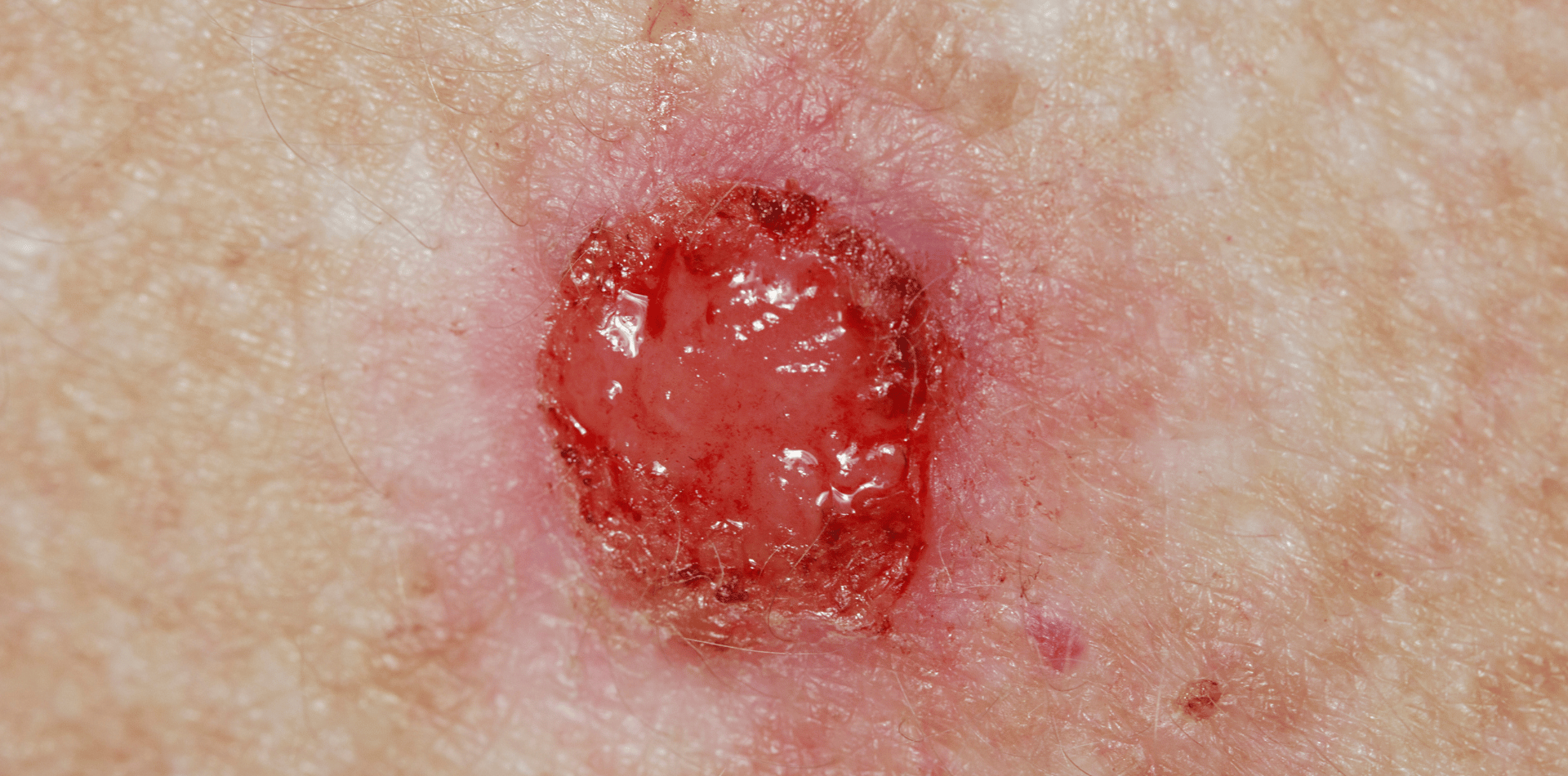
Merkel Cell Carcinoma (MCC) is a rare, aggressive skin cancer that primarily affects older adults, especially those with a history of extensive sun exposure or a weakened immune system.
Although less common than other types of skin cancer, MCC can be more dangerous if not diagnosed and treated in its early stages.
In this post, we aim to shed light on what Merkel Cell Carcinoma entails, from its causes to its treatment options.
Understanding the Cause:
MCC derives its name from the Merkel cells where it originates—cells found in the upper layer of the skin, responsible for the sense of touch.
The exact cause of MCC is yet to be entirely deciphered.
However, it's widely believed that long-term sun exposure, a weak immune system, and the presence of the Merkel cell polyomavirus (MCPyV) contribute significantly to its development.
Identifying Merkel Cell Carcinoma:
Merkel Cell Carcinoma often appears as a single, painless lump on the skin, which may be red, pink, or purple.
It can occur anywhere on the body but is most commonly found on sun-exposed areas like the face, neck, and arms.
Early detection can often be tricky, as its appearance might be mistaken for less severe conditions like cysts or folliculitis.
This camouflage underscores the importance of regular skin checks, especially for individuals in high-risk groups such as those over 50, individuals with lighter skin tones, and those with a history of other skin cancers.
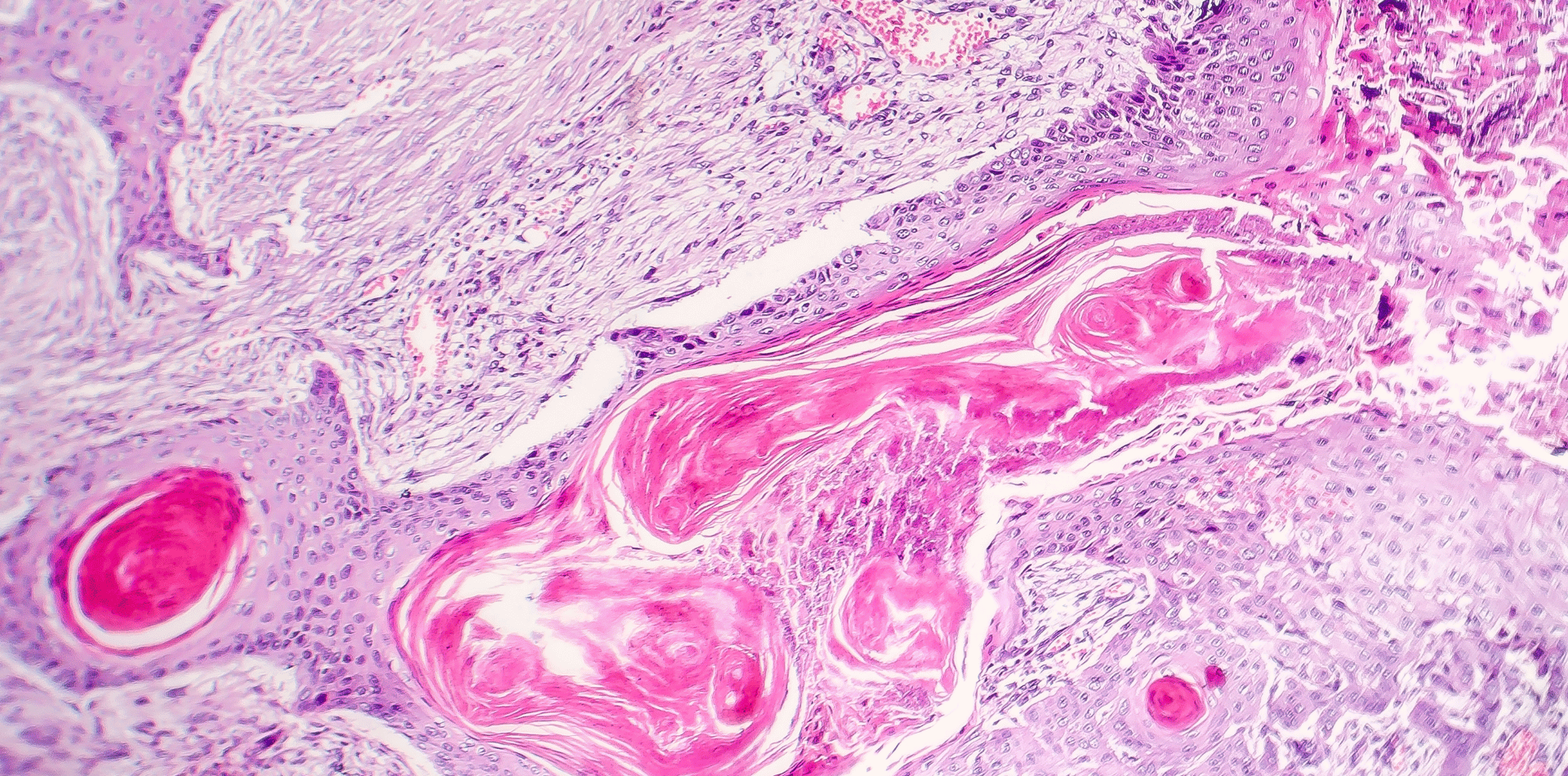
Diagnosis and Staging:
Diagnosing MCC often begins with a thorough examination of the skin and a biopsy of the suspicious area to confirm cancer.
Once diagnosed, further tests like CT, MRI, or PET scans might be performed to determine the extent or stage of the disease, which in turn helps in devising an effective treatment plan.
Treatment Options:
The primary treatment for Merkel Cell Carcinoma is surgical removal of the tumour along with a margin of healthy skin to ensure complete removal.
This may be followed by radiation therapy to kill any remaining cancer cells.
In cases where surgery is not an option or if the cancer has spread, chemotherapy or newly emerging treatments like immunotherapy may be employed.
Immunotherapy, in particular, has shown promise in treating MCC by harnessing the body's immune system to fight the cancer.
Prognosis:
The prognosis for MCC can vary widely among individuals and largely depends on the stage at which the cancer is diagnosed and treated.
Early detection and treatment can significantly enhance the prognosis.
Conclusion:
Merkel Cell Carcinoma, though rare, showcases the vitality of early detection and prompt treatment. The development of new therapies like immunotherapy also brings hope to those affected by this aggressive skin cancer.
As with any health condition, awareness and regular check-ups are crucial in ensuring early detection and effective treatment.
More Skin Tips.
CoreBodi
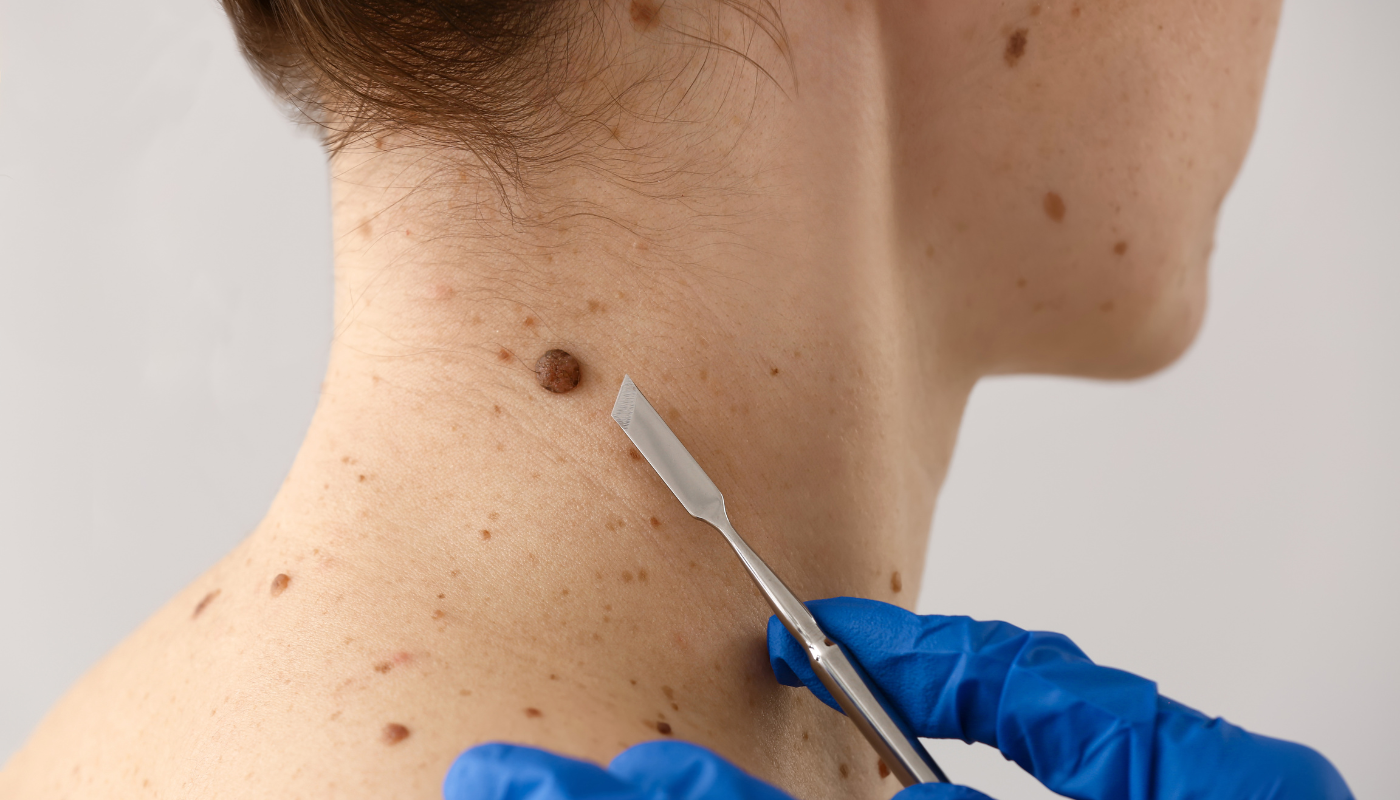


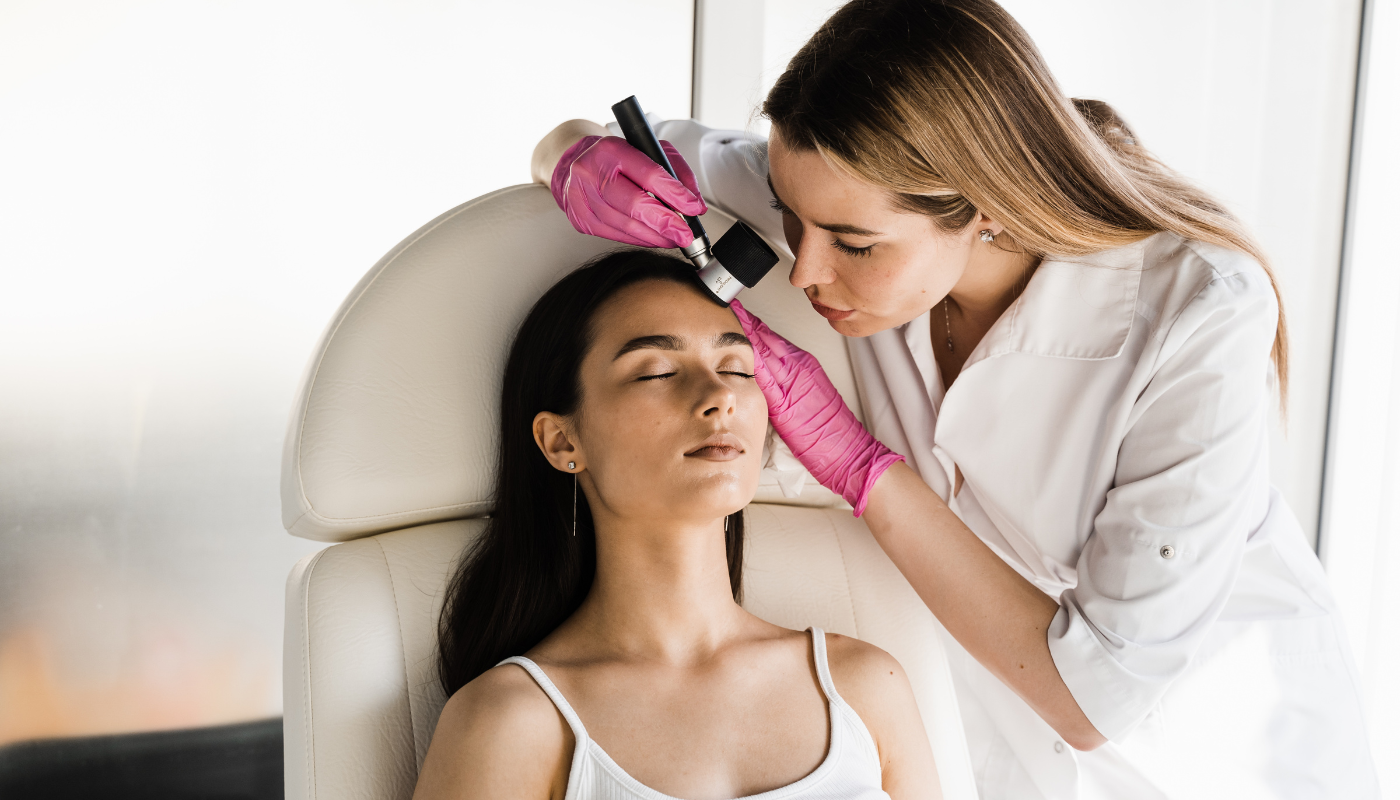
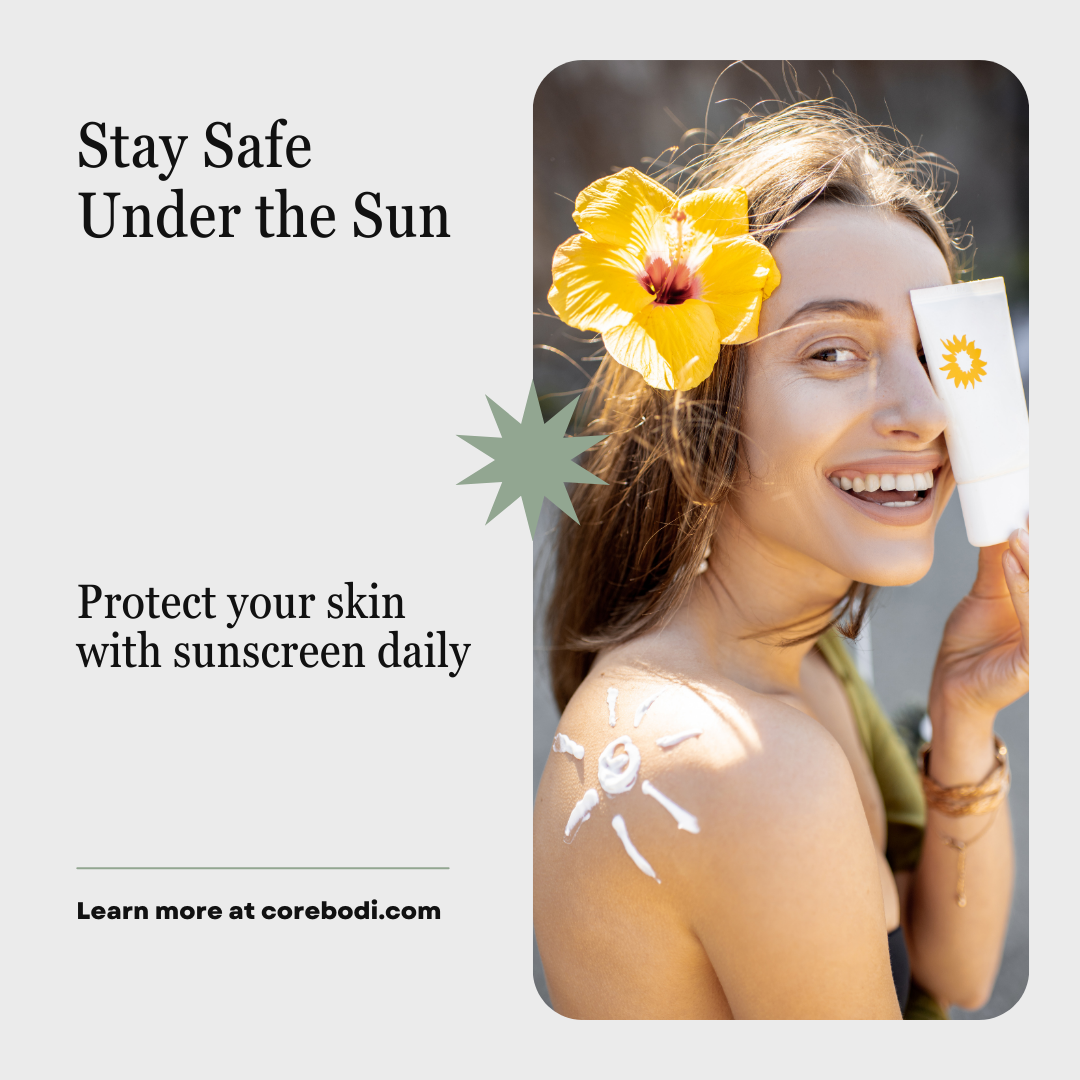

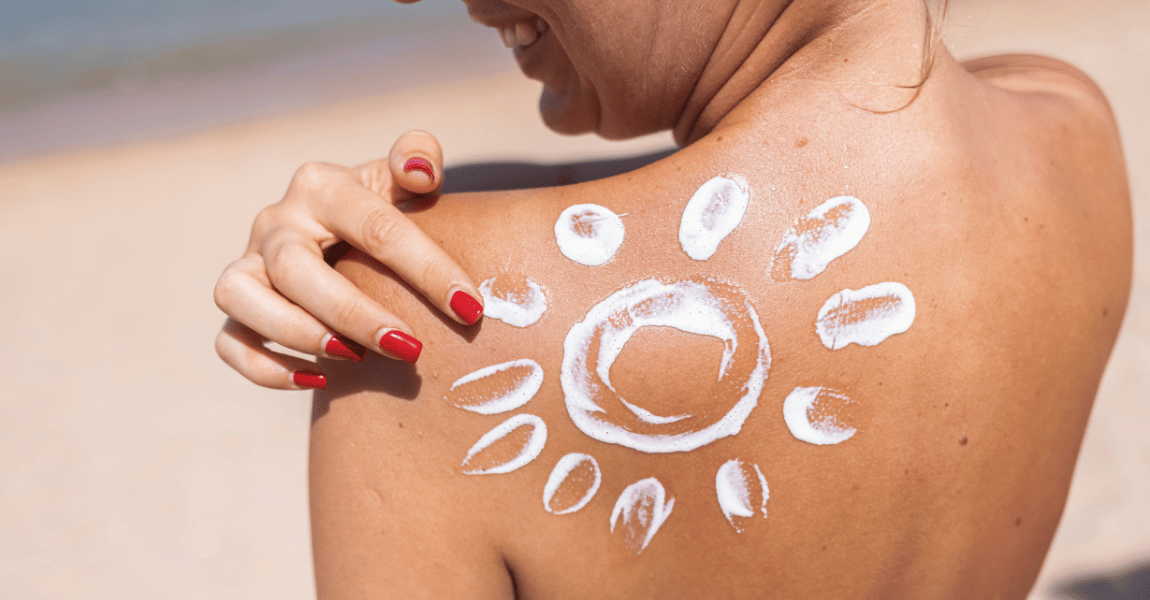



| Powered by Kaptol Media



